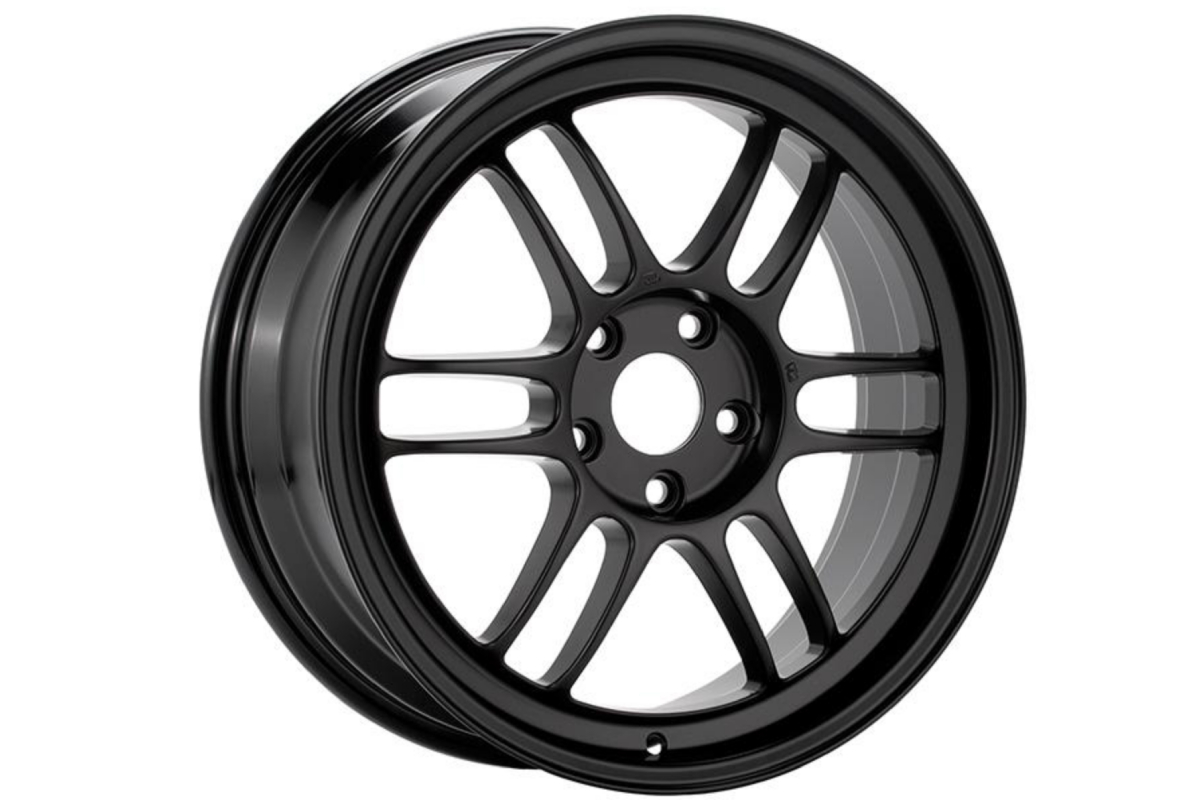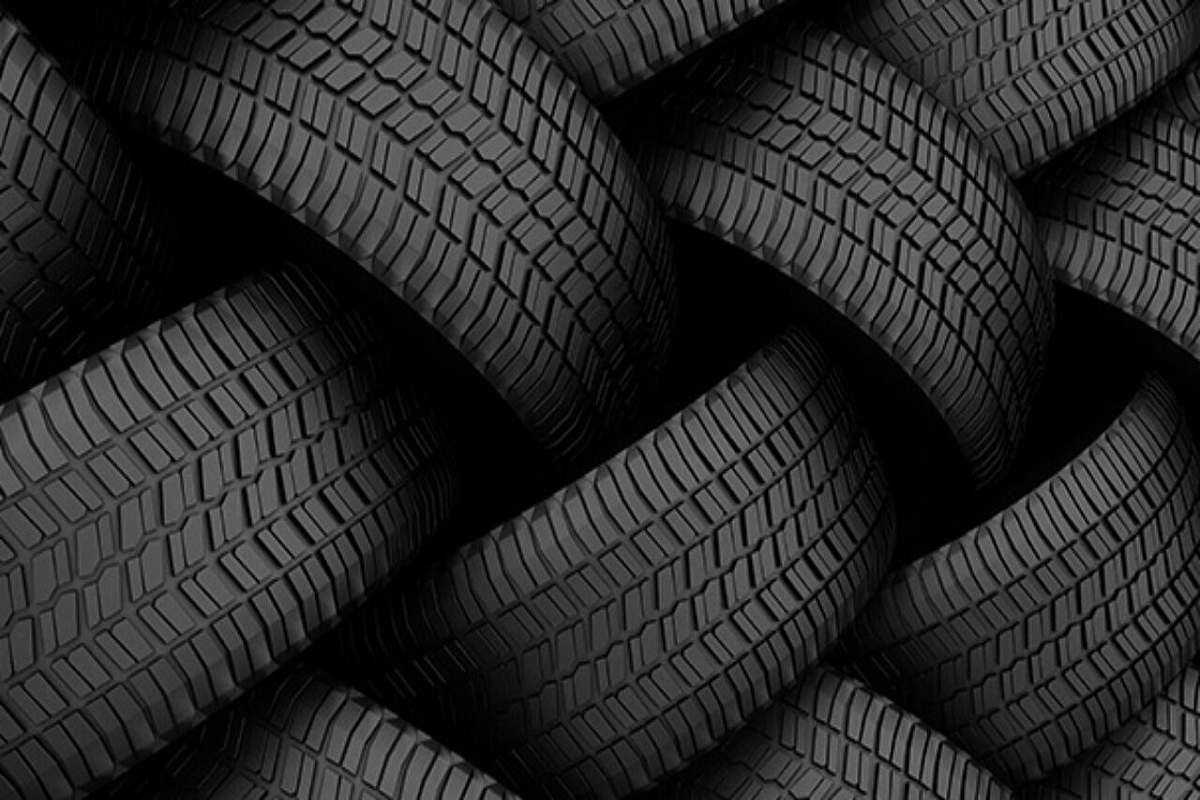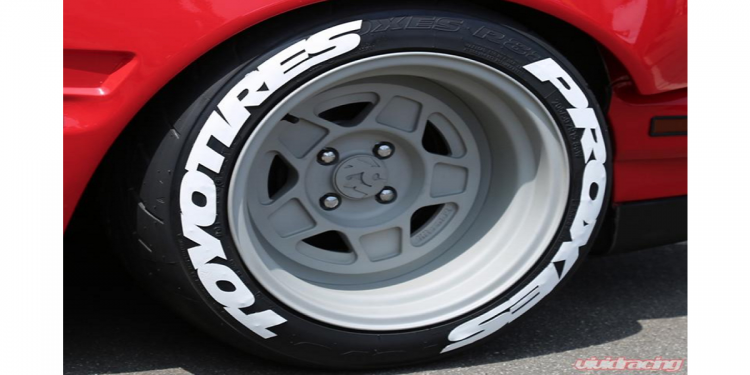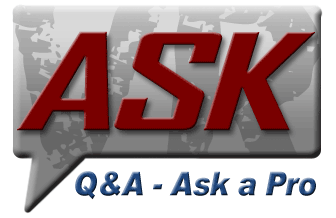Buying car wheels and tires can be an overwhelming and confusing venture for many. We can all relate to the feelings of not knowing what tires to choose, what to buy, the terminologies used to describe wheels and tires, or even being in the dark when it comes to helpful tips that one should know before buying wheels. In this article, we’re going to share things that you should know before buying wheels and tires and hence equip you with knowledge about all things wheels and tires. Wheels are so important because they not only improve the aesthetic of the car but also influence its performance and how smooth the ride can be, and this is why buying wheels and tires should be taken seriously and one should do so when they know the following things.
Know the Different Types of Car Wheels
When choosing wheels for your car, you need to make sure that the wheels will actually fit your car. It is important that you know the different types of car wheels available so that you know the one that you prefer that can actually fit your car. There are several types of car wheels and these are;
Steel Wheels
Made from steel (an alloy of carbon and iron), steel wheels are the most basic kinds of wheels in the automobile industry. They have been used as a standard wheels-option in most of the low-end vehicles for a long time until the alloy rims came into the picture as a cheaper and lighter option. Most people who choose steel wheels do so because they are very durable, useful for heavy, frequently used vehicles, and also these wheels are very excellent in winter conditions.
Alloy Wheels
These are the most commonly used wheels in today’s vehicles. They are made using the alloys of aluminum and magnesium. These are the best options for most car owners compared to Steelies (steel wheels) because they have more strength, are lighter in weight and are much more efficient at conducting heat, and give a better visual appeal than the steel wheels.
Chrome Wheels
These are wheels that are coated with a layer of chromium to avoid corrosion on the surface of the wheel. Apart from that, chrome wheels also improve the aesthetic by giving the vehicle a more eye-catching shiny look.
Diamond-Cut Wheels
If you want to buy new wheels just to upgrade the aesthetic of your vehicle, the majority prefer diamond-cut wheels. These are like the conventional alloy wheels, however, they offer a more high-shine finish. They offer the same advantages of an alloy wheel but with a shiny finish personalized for you and a little grooving effect.

Multi-piece Wheels
These wheels are manufactured by using either two or three components. There are two-piece wheels and three-piece wheels, two-piece wheels are manufactured by using the wheel face and the rim which are fitted together with rim screws around the circumference of the wheel’s center. After this, the sealant is applied to them to secure the fittings and the sections together, while the three-piece wheel offers more freedom of adjustability in the wheel’s width as its wheel rim is divided into two parts. All these things make the multi-piece wheels heavier and weaker than the single-piece wheels.
Replica ‘OEM style’ Wheels
These wheels are manufactured by using the gravity casting method. These replica wheels are mostly made by keeping the manufacturing costs as low as possible and hence their quality, density and strength are low compared to the OEM (original equipment manufacturer) ones.
Forged Wheels
These wheels are manufactured by forging only a single piece of solid aluminum into the shape of wheel rims. Even though they are costlier than the wheels that are made by casting, forged wheels are 3 times more strong and 25% lighter.
Check Out the Different Wheels by Size in Our Shop
Know the Terminologies used for Wheels and Tires
When it comes to wheels and tires, the most confusing part to many is things like wheel size, the numbers involved, bolt patterns, offset, and width. Let me break these down so that you know what you are looking at when you are going to buy new wheels.
An offset is a number in millimeters that describes the distance measured from the centerline of the wheel to where the mounting surface sits. Before buying new wheels, you need to make sure that the offset is correct for your car. Different rims have different offsets. It is important that you buy around the rim’s mark, if you don’t want your wheels either poking out too much or recessing too much inside the car. Generally speaking, wheels with larger positive offset may not fit while wheels with smaller offset may stick out a little more than the stock ones, but most likely will fit.
Wheel width is a number in inches which describes how wide a wheel is. All of the tires have some rim width that they can fit on. If you can’t find specs for your specific tire, generally speaking, tires of the same size tend to have similar rim width requirements.
The diameter is a wheel measurement in inches. Large-diameter wheels and tires are more expensive than smaller-diameter offerings. Most of the time, you can safely go with +/-1 inch rim size. If you go smaller, your brakes may be too big, if you go larger, your wheel may not fit in the arch.
It is important that the bolt pattern is the same with your car or you may opt to re-drill or use some adapters.
Center bore is a measure of how big the hole in the middle of the wheel is. If it’s smaller than your stock one, the wheel simply won’t fit, if it’s larger, the wheel may not be properly centered as you install it, this could cause strong vibration at speed and in the worst-case loss of a wheel. You can solve this issue by buying hub-centric rings; plastic or metal rings that go into wheels to make sure they are properly centered when installed. It is recommended that you use rings if the center bore size is off by more than 0.5-1mm. You should also know that there are wheels that will center themselves as you tighten the bolts, but they are not very common.

Most first-time buyers get easily confused with tire size. This includes tire width / aspect ratio/ rim diameter. Just know that the smaller the aspect ratio is, the more slim the tire will be. Always make sure you buy tires that match your rim size but if you live in areas with potholes or value comfort over looks, go for tires with a higher aspect ratio, but make sure they fit the car.
Shop Tires Available in Our Store Now
Now that you are equipped with all the knowledge to make your first wheels and tires purchase, don’t forget to also consider your personal preferences. At the end of the day you are buying wheels and tires for your own car, so make sure you buy wheels that make your ride comfortable, your car aesthetically appealing to your own eyes but most importantly long-lasting wheels.




